Everything You Need to Know About Syntonics
According to the experts at the CDC, one of the top 10 disabilities for adults and one of the most predominant disabling conditions for children is vision disability. Treatments for vision disorders have come a long way. One of the top vision therapy services is Syntonics.
What Is Syntonics?
Optometric phototherapy, or Syntonics, is a part of ocular science involving the use of selected light frequencies through a patient’s eyes. It is used in optometry as a form of vision therapy. Syntonics treats the following vision dysfunctions:
- Lazy Eye
- Eye Turns
- Double Vision
- Convergence and Focusing Problems
- Trauma and Stress
- Learning Disorders
- Emotional Disorders and Brain Injuries
Use the Most Advanced Vision Therapy Services
Syntonics is a primary treatment or it can be used to support other vision therapy services. Once symptoms are diagnosed during a vision evaluation, eyes are treated via selected visible light that is seen as colors. This vision therapy service can improve the vision of people of all ages. Request a consultation for vision therapy NJ residents trust.
Syntonics is a type of light therapy used to treat vision problems. This non-invasive procedure is routinely used for vision therapy services. The use of this technique has yielded some very impressive results. Here is what you need to know about syntonics.
What is Syntonics?
The word "Syntonics" comes from the word syntony. This is a word that means bringing into balance. This technique uses visible light frequencies to boost visual attention. It also improves the way you comprehend what you see. This therapy has been in use clinically for more than 90 years as part of vision therapy services. It is a method that has shown a great deal of success and has also been proven to be safe. The light entering the eyes will bring back balance to the body's autonomic and endocrine systems.
Who Could Benefit from Syntonics?
Vision disability is among the top 10 disabilities in adults over the age of 18 years, according to the CDC. It is also one of the most common disabling conditions among children. Syntonic phototherapy is among vision therapy services that can help with eyestrain, reading difficulties, and lack of attention. Doctors also use this therapy to treat visual consequences of stress and trauma. Syntonic phototherapy can also be used in combination with other rehabilitation treatments.
How does Syntonic Treatment work?
Research indicates that light frequencies can affect EEG patterns. Light has also been shown to be able to regulate hormones that affect emotions. Syntonic Phototherapy treats eyes conditions by bringing back balance to the autonomic nervous system. Light also enables you to join together important brain centers like the hypothalamus and pineal gland. These are the centers that enable normal visual processing to occur.
A traditional syntonic treatment session takes about five consecutive 20-minute sessions each day for four days. This means the patient will get a total of 20 sessions. You can have these sessions done in the comfort of your home. The procedure must be done in a darkened room so that the patient can focus on the light. So, you must find a room that doesn't have a lot of light in your house for the therapy to be effective.
The light is filtered to complement the patient's neurological and endocrine systems. This is how the therapy affects behavior, performance, and results in changes in optometric test results.

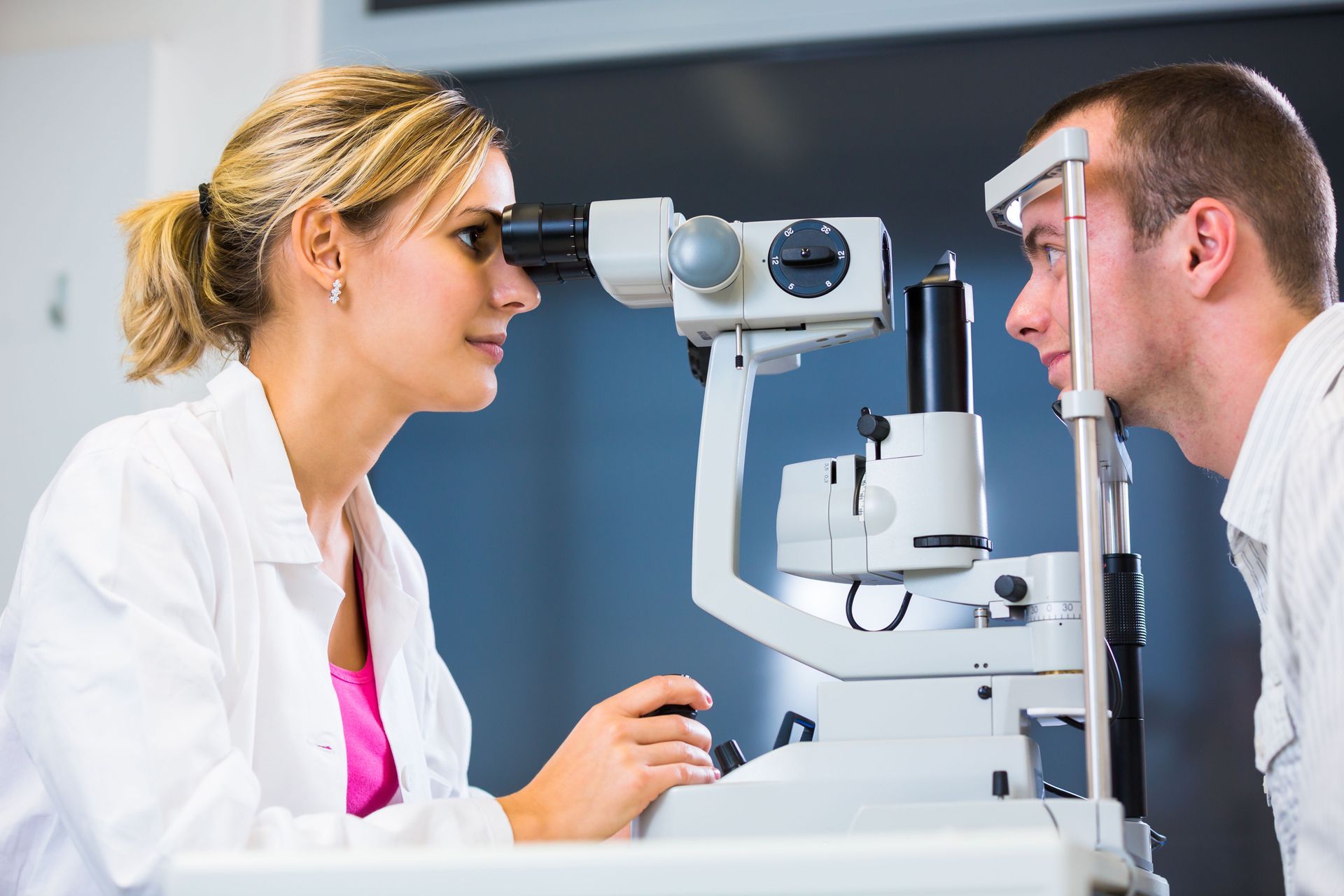

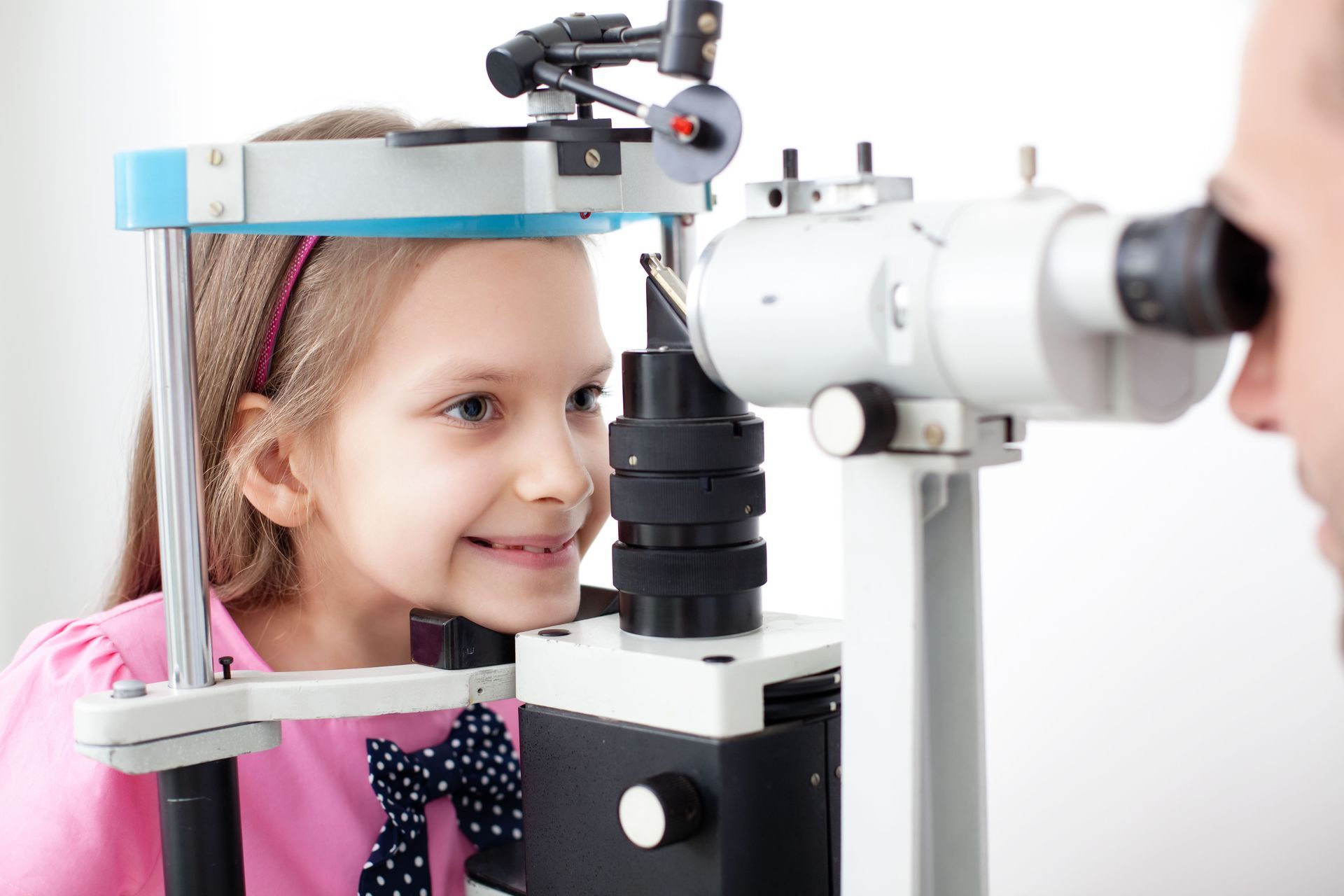
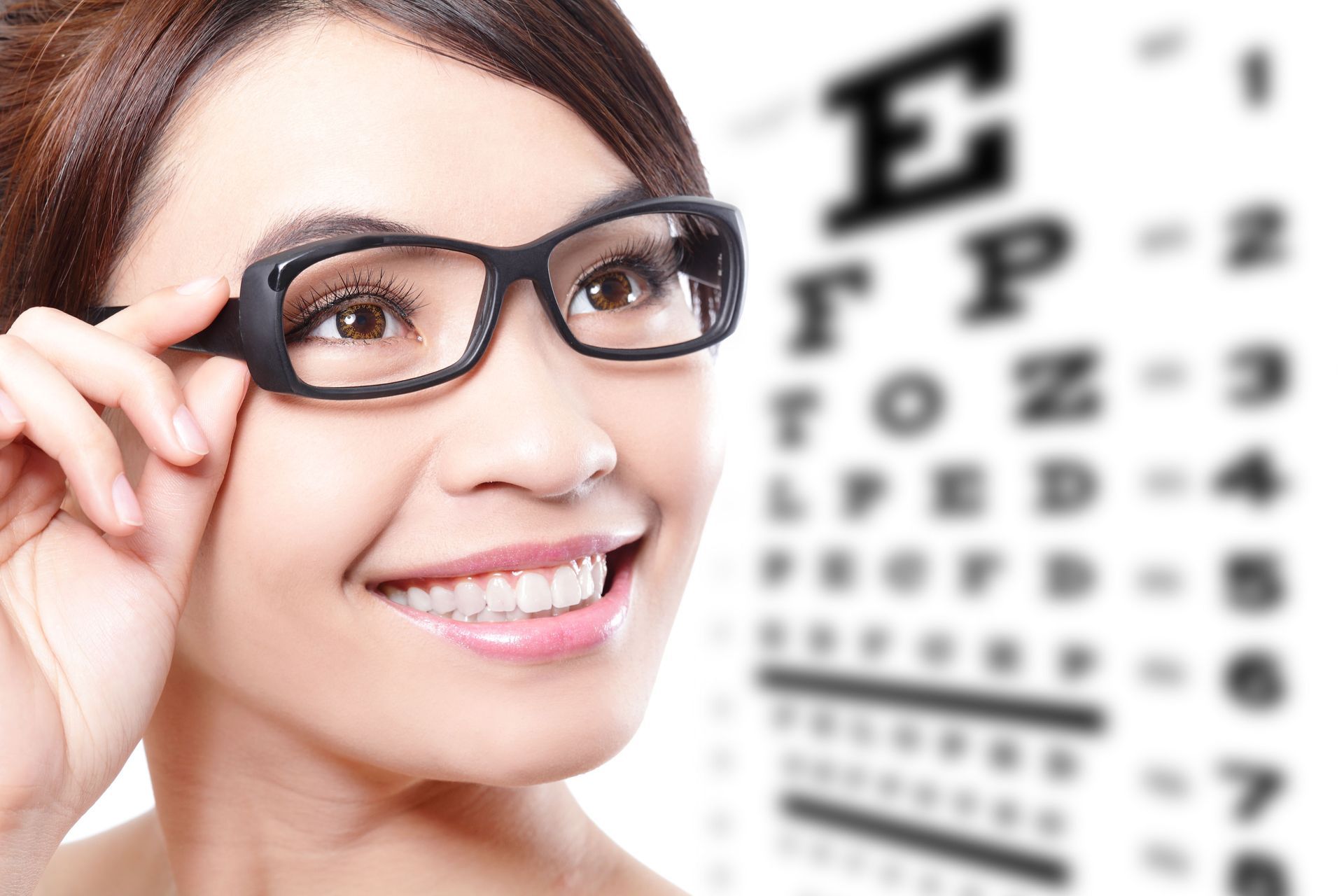

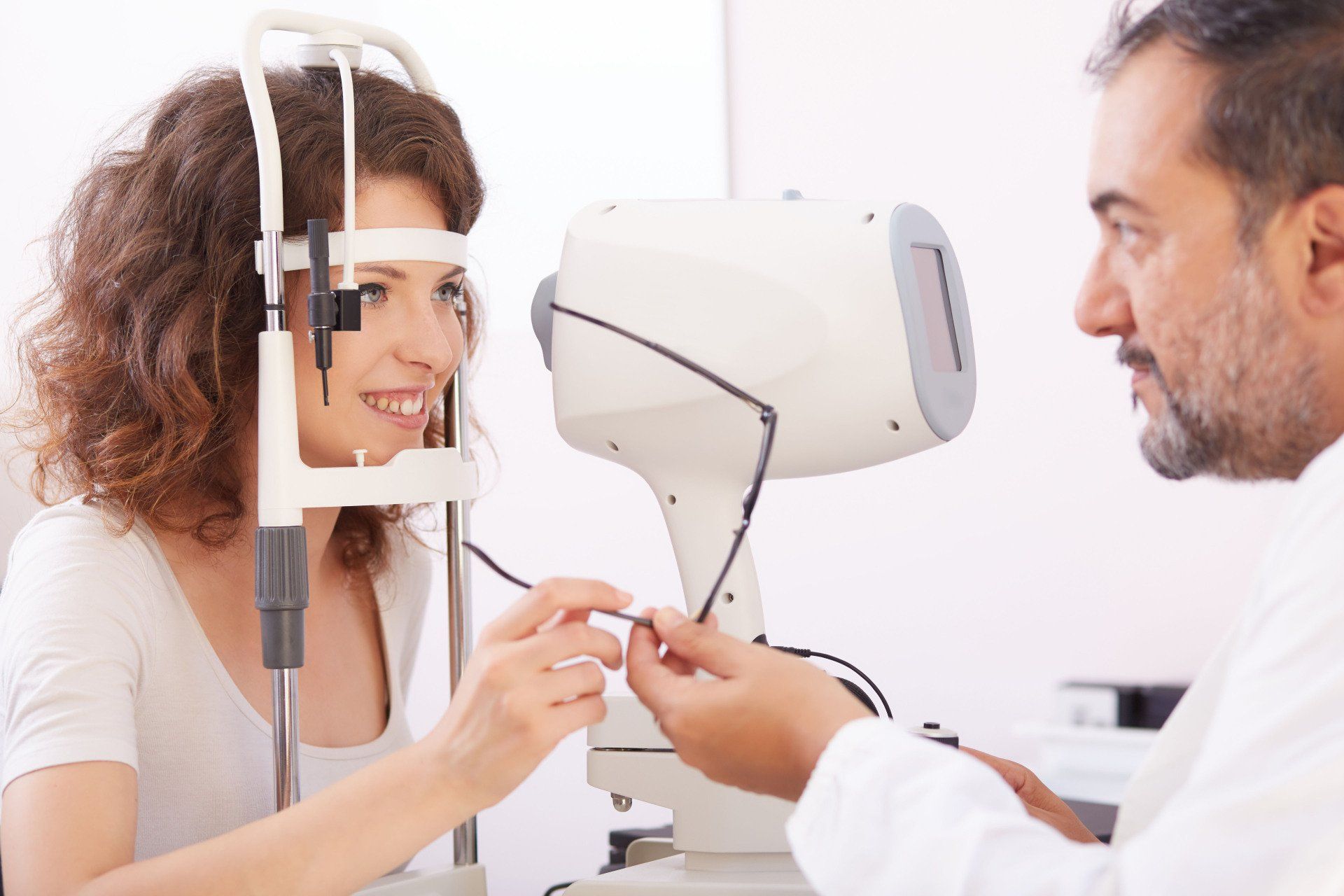

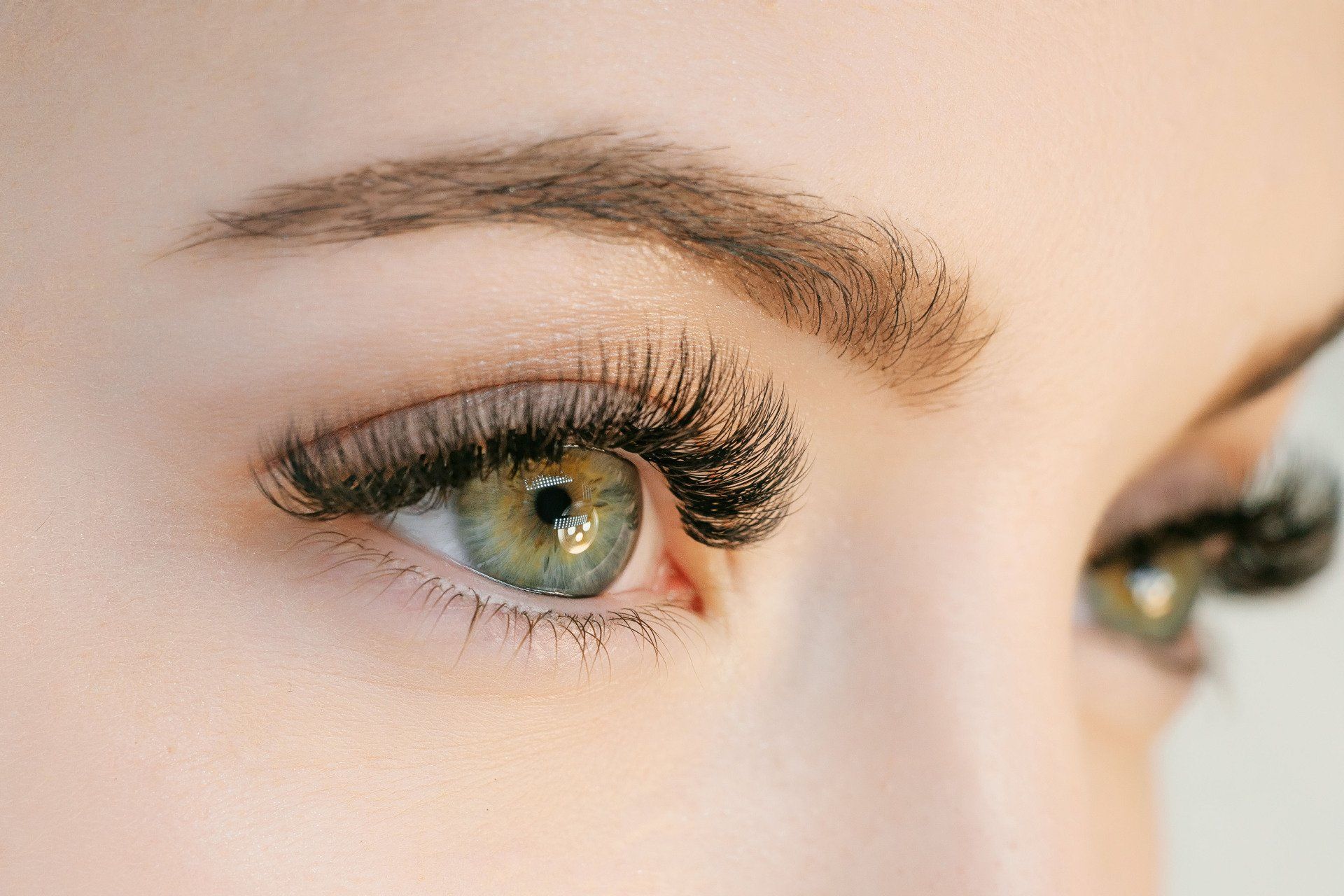
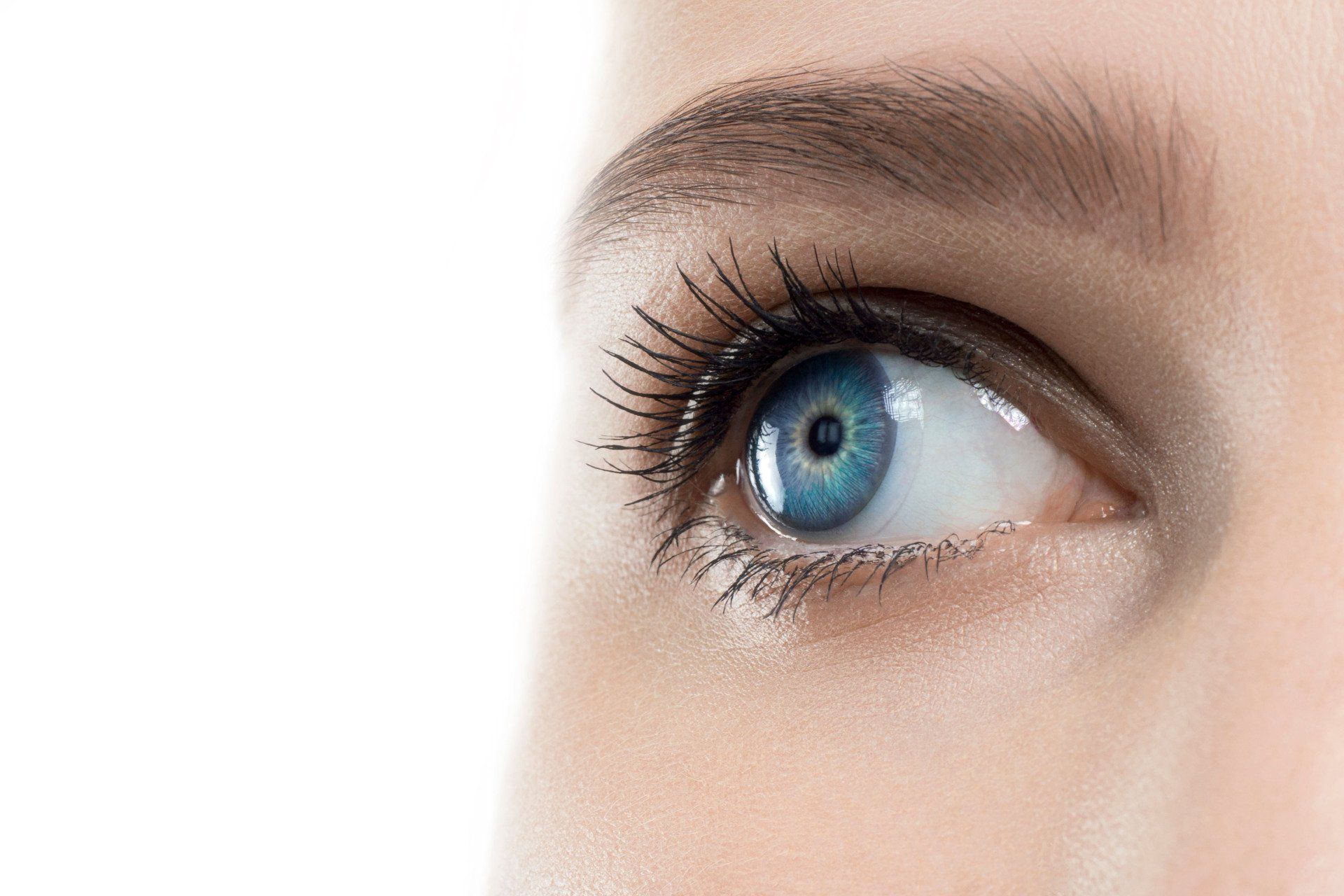
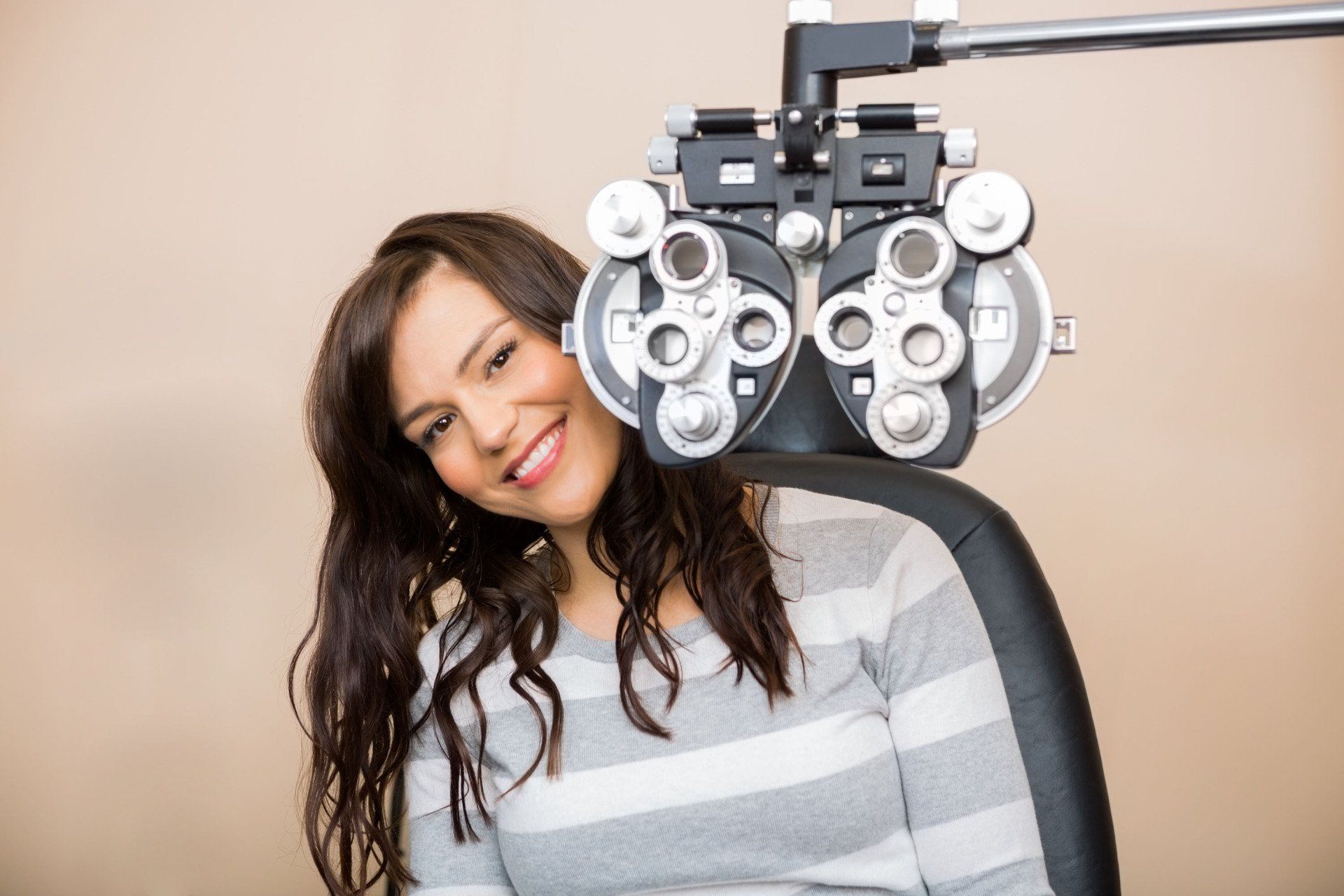
Share On: